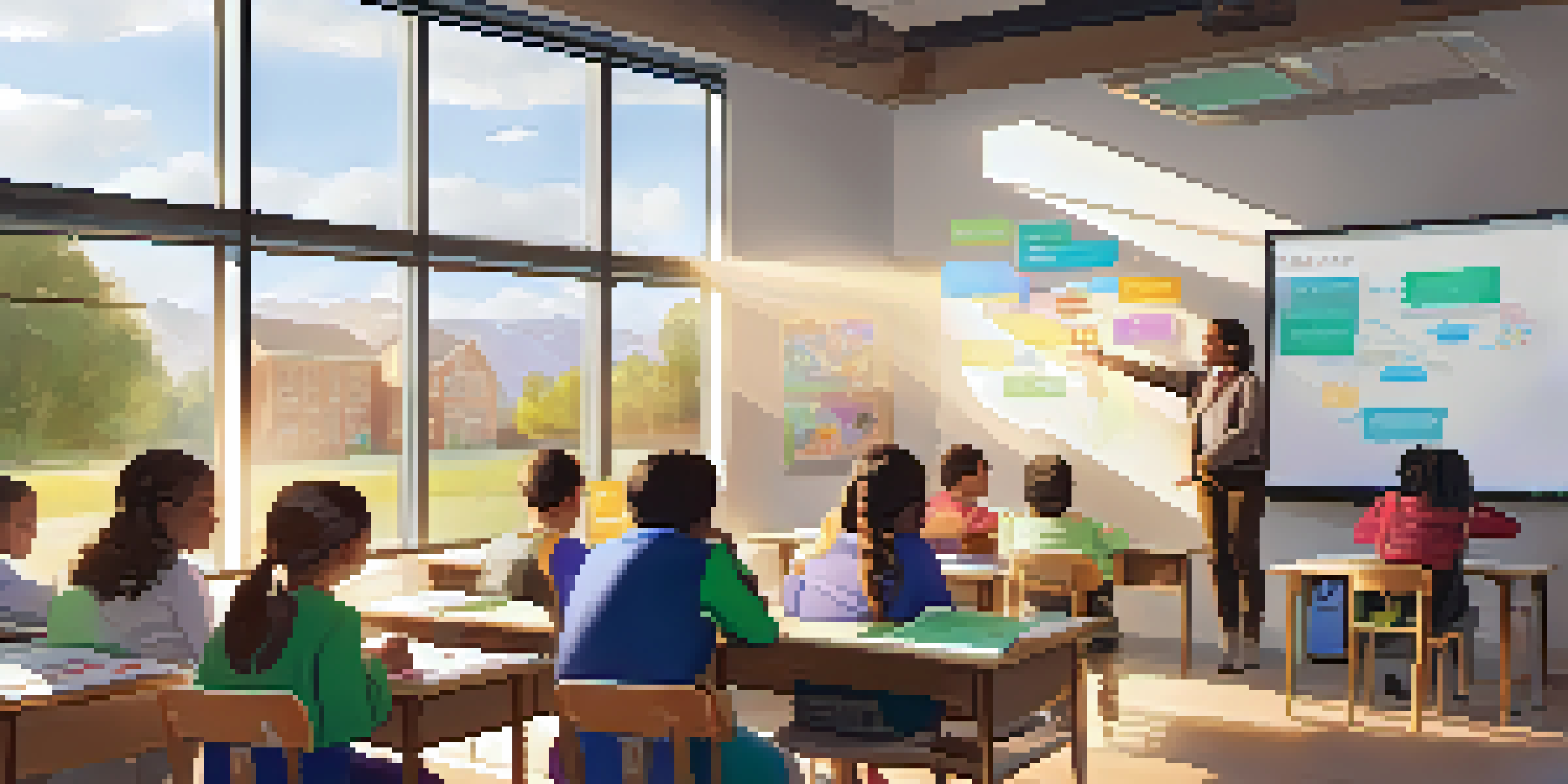Enhancing Learning through Storytelling in Blended Courses

Understanding Blended Learning and Its Importance
Blended learning combines traditional face-to-face teaching with online instruction, creating a flexible and dynamic educational experience. This approach allows learners to engage with content in various formats, catering to different learning styles. By blending the best of both worlds, educators can foster a more personalized learning journey that encourages self-directed exploration.
The Power of Storytelling in Education
Storytelling has been a fundamental part of human communication for centuries. It captivates attention, evokes emotions, and helps us remember information better. When incorporated into educational settings, storytelling can make complex subjects more relatable and memorable, creating a lasting impact on learners.
Blended Learning Enhances Engagement
Combining traditional teaching with online instruction creates a flexible learning environment that caters to diverse learning styles.
Creating Engaging Narratives for Blended Courses
To effectively use storytelling in blended courses, educators should create narratives that resonate with their audience. This could involve real-life case studies, fictional characters facing challenges, or interactive scenarios where students can influence the outcome. By weaving relatable stories into the curriculum, educators can spark curiosity and encourage deeper engagement.
Integrating Multimedia Storytelling Techniques
In a blended learning environment, multimedia elements can enhance storytelling. Incorporating videos, podcasts, and interactive graphics can help bring stories to life, catering to different learning preferences. For example, a video case study can highlight key concepts while allowing students to visualize content in action.
Storytelling Boosts Retention
Incorporating storytelling in education makes complex subjects relatable, helping students remember information more effectively.
Fostering Critical Thinking Through Story Analysis
Analyzing stories encourages students to think critically and reflect on different perspectives. In blended courses, educators can assign readings or videos that prompt discussion and analysis. This not only deepens understanding of the subject matter but also develops essential skills, such as empathy and analytical thinking.
Enhancing Collaboration with Story-Based Projects
Storytelling can also facilitate collaboration among students. Group projects centered around creating a story, whether through writing, video production, or digital storytelling, can promote teamwork and communication. This collaborative approach fosters a sense of community, making the learning experience more engaging and enjoyable.
Collaboration Through Story Projects
Group projects focused on storytelling promote teamwork and communication, enhancing the overall learning experience.
Assessing Learning Outcomes Through Storytelling
Assessing student learning in blended courses can include storytelling-based assignments. For instance, students could be tasked with presenting a narrative that demonstrates their understanding of a topic. This method not only allows for creative expression but also provides educators with insight into student comprehension and retention.
Conclusion: The Future of Storytelling in Education
As education continues to evolve, the integration of storytelling in blended courses holds immense potential. It not only enhances engagement but also supports critical thinking, collaboration, and retention of information. By embracing this powerful tool, educators can create richer, more meaningful learning experiences for their students.